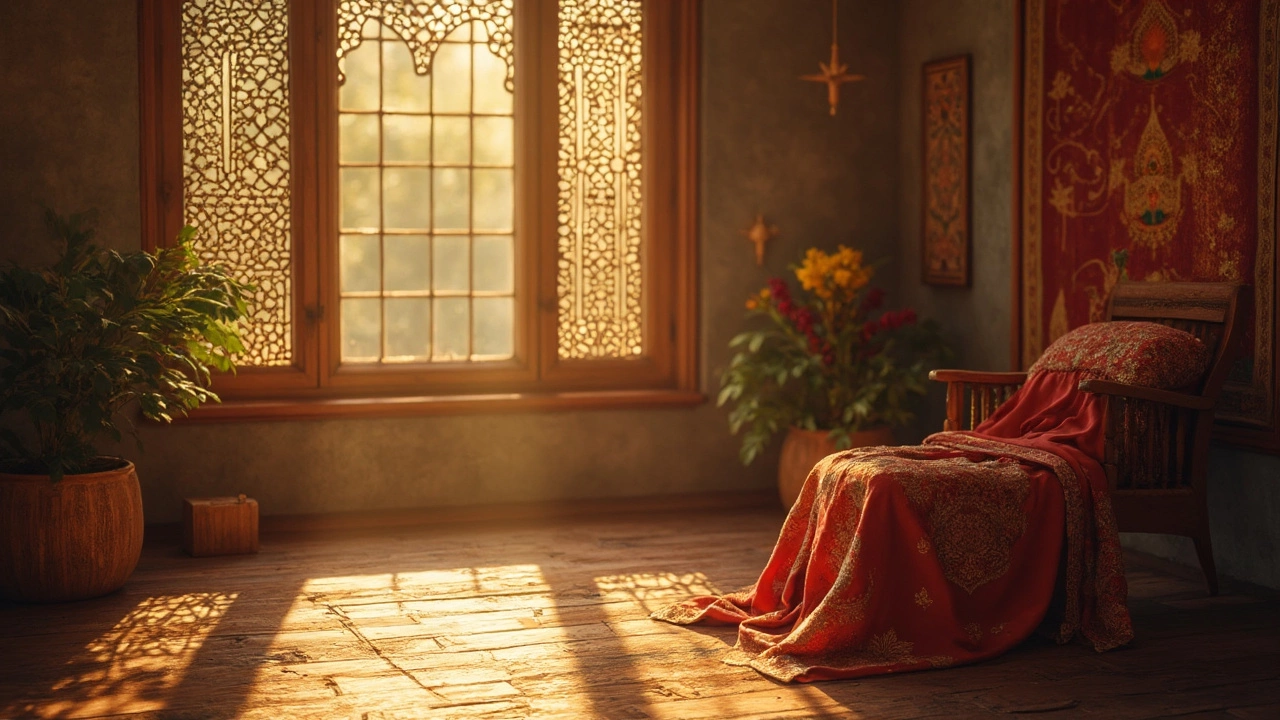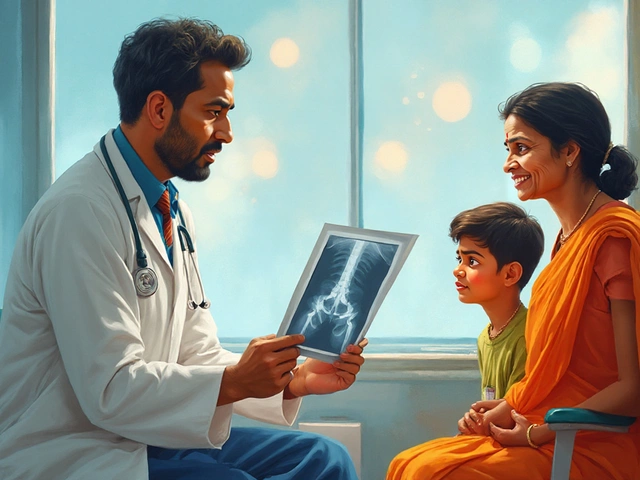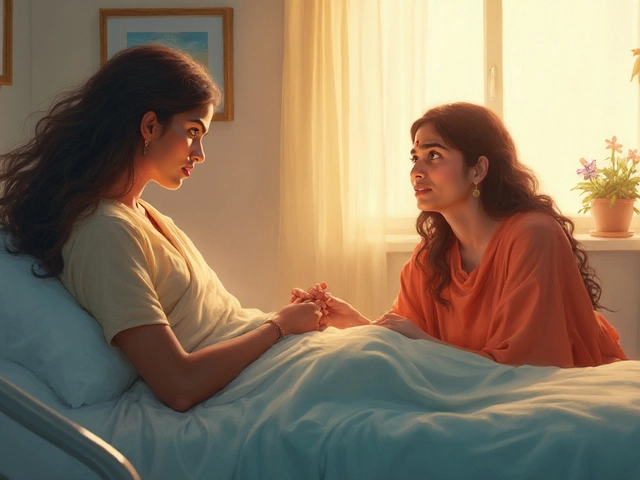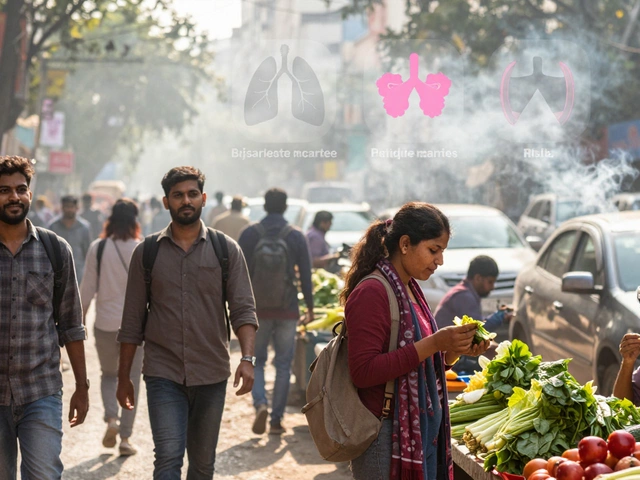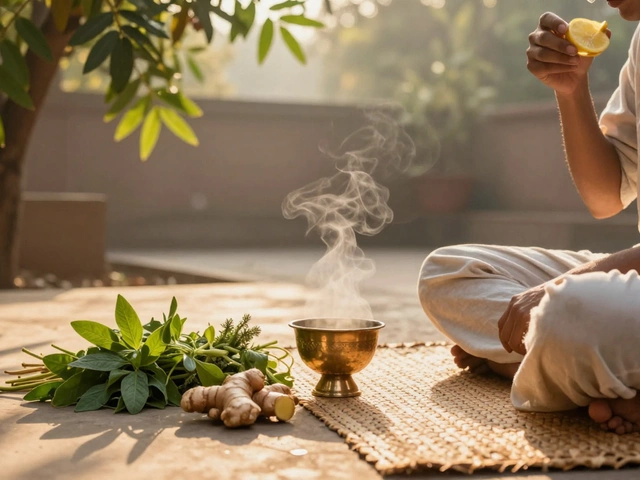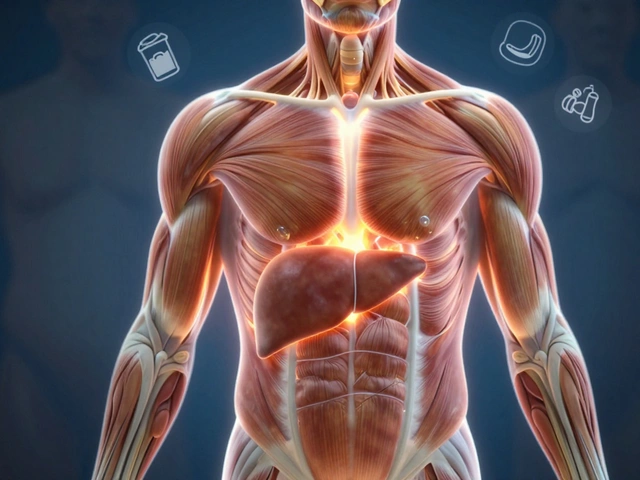Planning to have an Ayurvedic massage and unsure what to wear? Trust me, you're not alone. The attire for an Ayurvedic massage might sound a bit different from what you're used to with typical spa treatments. The basic rule of thumb? Less is more.
In most Ayurvedic practices, minimal clothing is encouraged to allow the therapeutic oils to penetrate your skin effectively. This might mean undressing entirely, with your therapist providing discreet coverage as needed with towels or sheets. Feeling a bit anxious about it? It's totally normal, and communication is key. Don't hesitate to discuss your comfort level with your therapist beforehand.
But what’s the deal with attire being so minimal? Well, it’s all about enhancing the treatment's efficacy — the oils used are an essential part of Ayurveda, and your skin needs maximum exposure for them to work their magic. So, wearing less actually helps the oils seep deep into your skin, which is the main goal of these sessions.
- Why Attire Matters in Ayurvedic Massage
- Traditional Clothing in Ayurvedic Sessions
- Modern Adaptations and Comfort
- Practical Tips for the Best Experience
- Respecting Cultural Traditions and Personal Comfort
Why Attire Matters in Ayurvedic Massage
Getting the attire right for an Ayurvedic massage can make a big difference. Unlike Western massages where you might wear a robe or keep some clothing on, Ayurvedic therapy embraces minimal clothing or even none. Why? It all hinges on the oils. These massage oils aren't just greasy goop; they are central to the treatment, carrying healing herbs directly into your skin.
Most Ayurvedic treatments are designed with oil application at their core. The idea is to have maximum skin exposure so the potent oils can do their thing, from soothing muscles to balancing your doshas. You can think of it as giving your body a chance to soak in all the goodness uninterrupted. This isn't just tradition; studies even suggest that skin absorption rates skyrocket when oil can be applied without barriers like clothing.
Respecting Tradition and Enhancing Therapy
Choosing minimal or no attire also ties into maintaining the authenticity of the Ayurvedic experience. Ayurvedic practitioners believe that every element, including what you wear, influences how effective the treatment is. Imagine it like tuning an instrument; you want every string perfect, and here, your skin is the main canvas.
- The absence of clothing allows for unobstructed flow of energy, known as 'Prana', essential for healing.
- It helps massage therapists access key points and channels, which might be blocked by clothing.
No need to stress, though. Sessions are handled by professionals who ensure you're draped or covered appropriately to protect your modesty. You can always chat with your therapist if you're feeling unsure. After all, your comfort is a priority.
Lending a little more context: in a survey shared during a wellness conference in 2023, 80% of Ayurvedic clients reported feeling more relaxed when they adhered to traditional minimal attire, compared to those who opted for more coverage.
Traditional Clothing in Ayurvedic Sessions
When it comes to Ayurvedic massage, tradition plays a big role, especially in places like India where many therapies originated. Traditionally, Ayurvedic massages involve wearing minimal clothing. Often, in Ayurvedic centers, you might be provided with a small cotton loincloth called a 'langoti' to cover your essentials.
This type of clothing isn't just about minimalism; it helps maintain modesty while allowing maximum skin exposure to therapeutic oils. The aim is to ensure oils have direct contact with the skin without being absorbed by clothing. Makes sense, right?
Historically, Ayurveda focuses a lot on the body's energy balance, and clothing that restricts certain points might disrupt this flow. Funny how something as simple as what you wear (or don't) can influence your whole energy vibe!
Western adaptation of Ayurveda often includes coverings like sheets or towels that drape across various parts of the body while maintaining dignity and comfort. Centers catering to international clients frequently tweak the traditions slightly to match comfort levels.
Here's a quick look at how traditional attire aligns with Ayurvedic principles:
- Freedom of Movement: The less restrictive clothing allows therapists to apply oils smoothly across the whole body, enhancing the massage benefits.
- Customary Modesty: Langoti offers a traditional touch while respecting cultural norms regarding body exposure.
- Maximized Oil Absorption: Direct skin exposure ensures the therapeutic properties of Ayurvedic oils are effectively absorbed.
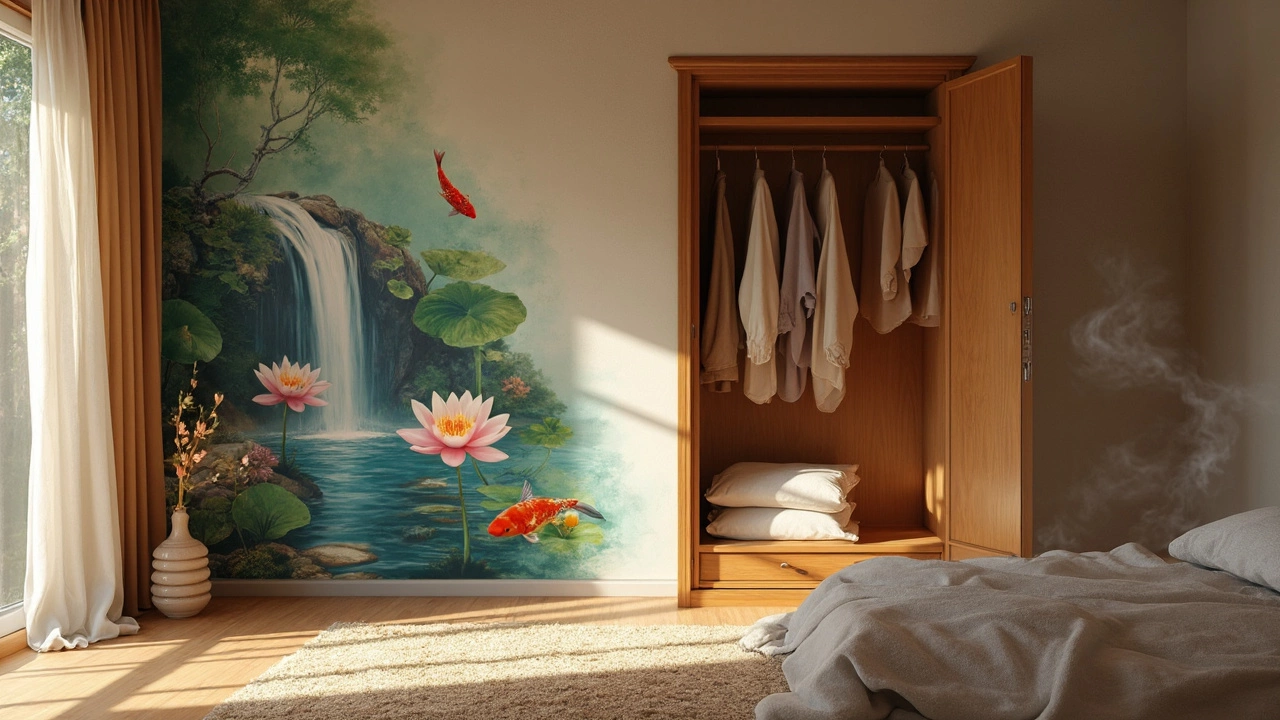
Modern Adaptations and Comfort
While traditional Ayurvedic practices often involve minimal to no clothing, modern adaptations are becoming more common, especially outside India. These tweaks make everyone feel more at ease while ensuring the treatment remains effective. So, if going fully unclothed isn’t your style, don't worry. You're covered—literally!
Many spas now offer disposable undergarments that provide a middle ground. They let the therapeutic oils do their thing while keeping you modestly covered. Sounds like a good compromise, right? The idea is to maintain effective skin contact with the oils while respecting your comfort zones.
Innovative Massage Apparel
Specialized massage garments made from breathable, natural fabrics are gaining traction. These can be helpful, especially in cooler climates or when you’re less comfortable undressing completely. They’re designed to provide easy access to major oil application areas like the neck, back, and shoulders. Imagine those apron-like outfits chefs wear; it's a similar concept but way more comfortable!
Ayurvedic therapy aims for deeper relaxation, so a comfy environment is a must. Some spas offer heated tables and cozy robes, adding layers of plushness to the whole experience. You might even find some clients favor light, loose-fitting yoga clothes during massages, which can work if it aligns with your therapist's techniques.
Cultural Sensitivities
It's crucial to remember that Ayurvedic massage often involves cultural elements that are significant to its practice. Even with modern twists, respecting these traditions enriches the experience. Always feel free to discuss any concerns or preferences with your therapist beforehand. They're there to help make your session beneficial and comfortable.
To give you some perspective, a quick survey of spa-goers indicated that around 60% prefer having the option to wear lightweight clothing during treatments. Just goes to show, you’ve got options, and the industry's evolving to meet them!
Practical Tips for the Best Experience
Diving into an Ayurvedic massage for the first time? It's not just about what you're wearing—or not wearing—but how you prepare and approach the session that can make all the difference. Let's get into some practical tips to ensure you truly enjoy your session.
Communicate with Your Therapist
First off, communication is key. Your therapist is there to make the session beneficial and comfortable for you, so don't hesitate to express any concerns or preferences about your attire. Whether you prefer full coverage or are okay with the traditional minimal clothing, speak up!
Prepare Your Body
Consider your diet before the massage. Try not to eat right before your session. A light meal an hour prior can be ideal. That way, your body is relaxed and not focused on digestion. Also, hydration is crucial. Drink water before and after your massage to help flush out the toxins that the massage releases.
Post-Massage Care
Ayurvedic massage isn't just a one-off treatment; it’s a holistic approach to well-being. After your massage, give yourself time to relax. Avoid jumping back into work or vigorous activities. If possible, allow some lingering oil to remain on your skin for a few hours to continue nourishing your body.
Bring a Change of Clothes
With the oils used in Ayurvedic therapy, you might end up a bit oily post-session. Bringing a change of loose, comfortable clothing can be a great idea. This way, you can stay cozy and clean as the oils do their work.
- If you have sensitive skin or are prone to allergies, inform your therapist.
- Avoid wearing jewelry during the session to help oils reach the skin directly.
- Schedule your massage when you can relax afterward – no rush jobs!
Stay Open-Minded
Last but definitely not least, keep an open mind. Every practice and therapist may have different methods and approaches. Embrace the session with a relaxed mindset to truly experience all that Ayurvedic massage has to offer.
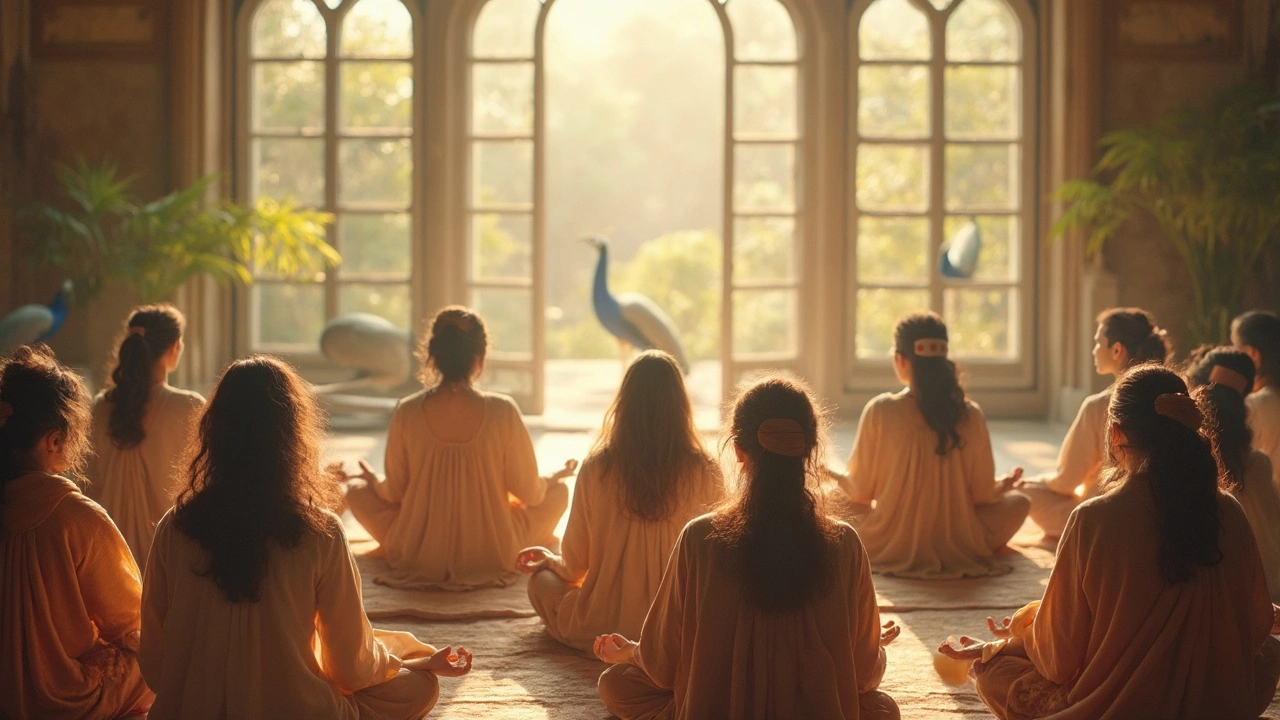
Respecting Cultural Traditions and Personal Comfort
Ever wondered why Ayurvedic massages place such emphasis on attire, or the lack of it? It's quite a fascinating mix of respecting cultural roots while also aiming for your ultimate relaxation and comfort.
In traditional Ayurvedic practices, especially in India where these treatments originated, the focus is on the healing powers of therapeutic oils. The massage process usually involves minimal clothing to maximize skin contact with these oils, believed to support the body’s natural healing processes. It's not just about relaxation; it's about holistic health.
Maintaining Cultural Integrity
In many Ayurvedic centers around the globe, therapists are trained to follow modesty protocols, ensuring that clients are always draped with sheets in sensitive areas. This keeps the session respectful and professional, honoring the cultural essence of Ayurvedic therapies.
Balancing Comfort and Tradition
Your comfort during an Ayurvedic massage is vital. If you’re not comfortable fully undressing, many places offer disposable undergarments or allow you to keep certain items on, like briefs or a bikini. This flexibility helps blend traditional methods with modern expectations of personal space and comfort.
Here's a quick tip: Communicate openly with your therapist. Let them know your preferences and boundaries. Most practitioners are understanding and will adjust the session to match your comfort level while ensuring the treatment remains effective.
Practical Considerations
- Always ask what the protocol is when booking your session, so there are no surprises.
- If unsure, start with a familiar spa and gradually experience more traditional techniques as you feel more comfortable.
- Bring a change of clothes if oils will be generously used, to avoid any mess post-treatment.
By navigating these cultural nuances, you not only get a truly authentic experience but also manage to have a deeply relaxing session. So, next time you sign up for an Ayurvedic massage, you'll know just how to balance respect for tradition with your personal needs.
